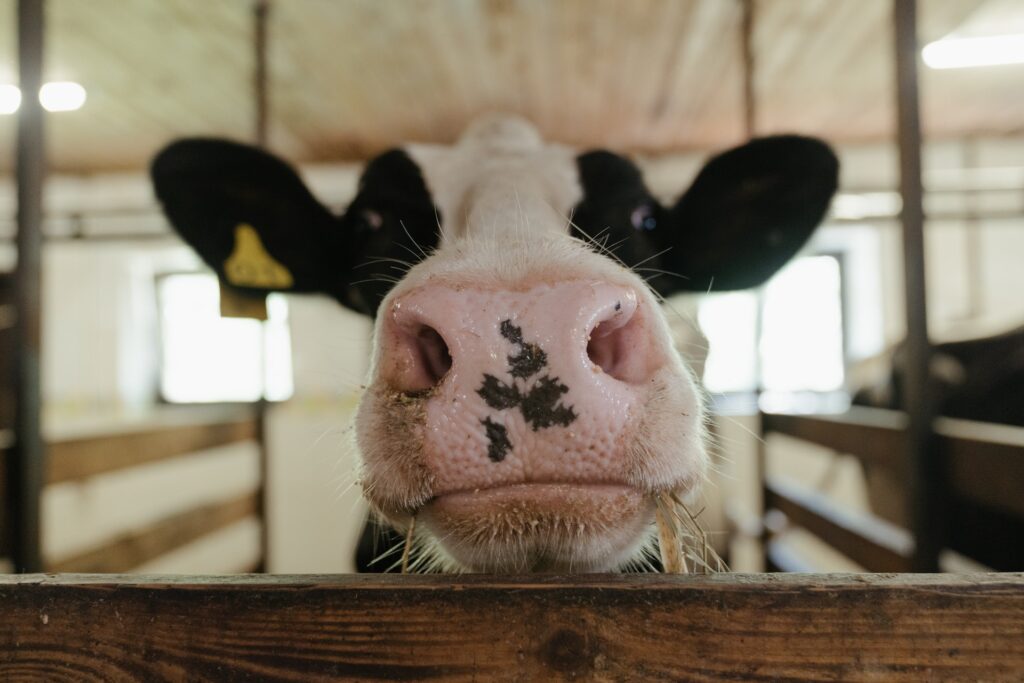
This is an interview piece with Annika Åhnberg, a member of Axfoundation, a platform for businesses in food industry to support and share best practices on curbing antimicrobial resistance (AMR), and board member at Axfood, and honorary doctorate at the Swedish University of Agriculture.
Antimicrobial resistance (AMR) is a phenomenon of growing concern over the years where diseases and illnesses over time become more difficult to treat with antibiotics, antivirals, antifungals and antiparasitics. The impacts of AMR in food systems include reduced production, jeopardised food security, alarming food safety, pollution of the environment especially in water, as well as higher food production costs and economic losses [1].
Following the adoption of the Political Declaration on AMR at the UN General Assembly (UNGA) high-level meeting in 2016, the European Commission set its target to halve AMR used in agriculture and aquaculture by 2030 in Farm to Form Strategy in 2020. Many countries have also begun to develop their national action plans in order to address AMR.
Despite the reduction in the use of antimicrobials due to global efforts [2], AMR remains a critical issue that requires collaboration from all stakeholders, priority on animal health, and alignment to the One Health approach. Currently, it is estimated about 70% of the antimicrobials are used in livestock globally [3], with China, Brazil, the United States, India, and Australia being the top five antimicrobials consumers in 2020 [4]. “These five hotspot countries account for 58% of all the antibiotics used in food animals, so it would be very impactful if we make changes in these countries,” comments Annika Åhnberg, citing the figure from the same publication.
AMR development in Sweden
While nearly three-quarters of antibiotics go to the production of food animals, Sweden has the lowest consumption of antibiotics in the EU [5]. “Among all the antibiotics used in Sweden, only 10% goes to animals when they need it due to illness,” says Åhnberg.
The success story behind Sweden’s low prescription of antibiotics for livestock comes from farmers in the 1980s. It was no surprise that the overuse of antibiotics could lead to resistance already by 1940s, and bacteriologist Alexander Fleming, who discovered penicillin, already foresaw the development of resistance in a few years’ time. There was a growing awareness in the 60s and 70s that built up the momentum to regulate the use of antibiotics in Sweden. By the beginning of the 80s, at the farmer organisations annual meeting, farmers took a decision to turn to the government to demand for a legislation. This initiative gave birth to Swedish legislation on forbidding antibiotic use for growth purposes in livestock to be established in 1986.
This bottom-up movement led by farmers made the low use of antibiotics a well-accepted norm, and was further supported and complemented by various actors. “This broad cooperation since the 80s is one of the most important factors behind the success in Sweden,” highlights Åhnberg. It is thanks to the so many actors in the society that worked together that collaboratively contributed to low AMR in Sweden – farmers, farmer organisations that inform farmers how to use antibiotics, universities that educate veterinarians on the low use of antibiotics, consumer organisations, and medicine network e.g. ReAct.
In addition to these key actors, it is also crucial to have financial support in place to subsidise farmers in depopulating livestock in case of an outbreak of animal diseases. In addition, Sweden also has a control system where the majority of cows are in for regular checkups by veterinarians. There is also a yearly report system where the amount of antibiotics is reported for monitoring purposes. It is also vital that veterinarians in Sweden do not receive money from medicine prescriptions to farmers, as it could incentivise the application of medication and currently it still makes a great share of a veterinarian’s salary in many countries. “For some production areas in France, this could account for up to 70% of their income, which further drives the use of antibiotics,” adds Åhnberg.
Advancing from Sweden’s case
Though Sweden’s example serves as a great role model for others, Åhnberg stresses and recognises that there should not be comparisons across countries due to the extremely different conditions to work against AMR.
To support the endeavour in addressing AMR outside of Sweden, Sweden has been one of the biggest financers for the global fund set up to finance actions in low- and middle-income countries. Moreover, since Sweden is a very small actor that exports 0.1% of the meat and imports 0.7%, there is a need to expand the impact at the European Union level for it is a strong actor. In this regard, Sweden has contributed to improving policy development at the European Union level, where the use of antibiotics in animals has been observed to be decreasing in recent years. Going from regional to global level, the new EU regulation on veterinary use is coming into force, and could demand imports to the EU be produced at the same level of antibiotics use as in the EU.
This interview piece is part of SIANI’s ‘Tune in to Food Systems’ interview series composed of monthly interview articles with experts across fields dedicated to sustainable food systems.
[1] Anti-microbial resistance is a global challenge for food systems and public health. OECD. [online] (2023.03.02)
[2] Annual Report on Antimicrobial Agents Intended for Use in Animals. 6th edition. World Organisation for Animal Health. (2019)
[3] Reducing antimicrobial use in food animals. Science. (2017)
[4] Global trends in antimicrobial use in food-producing animals: 2020 to 2030. PLOS Global Public Health. (2023)
[5] Antibiotics in pig meat production: restrictions as the odd case and overuse as normality? Experiences from Sweden and Italy. Humanities and Social Sciences Communications 8, 172. (2021)
